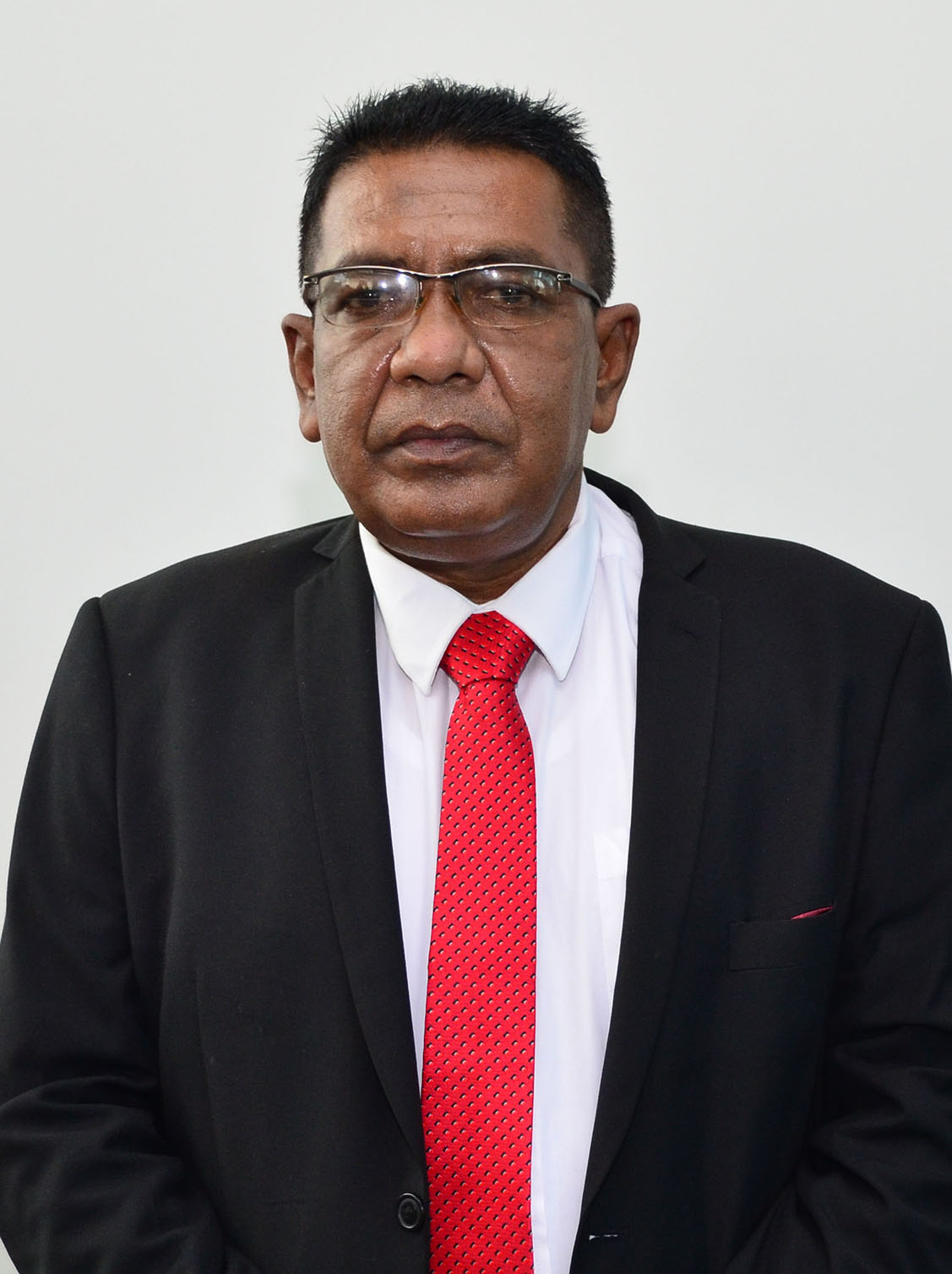Government has a priority list of crops it is working on to meet the goal of reducing the country’s food imports by 25% by 2025.
This was disclosed yesterday by Minister of Agriculture, Zulfikar Mustapha who said that the government will soon release details on this.
Onions, soya, corn and wheat among others are on the list of crops Guyana is looking to produce to reduce food importation by 25%, sources say.
While there has been a commitment by Guyana to achieve this goal, little has been said on how the country will achieve such.
Within the last few months government has been experimenting with wheat production and plans are being put in place to commence large scale trials in Rupununi, Region 9.
Mustapha yesterday told this newspaper that he will be issuing a detailed statement in response to Stabroek News’ editorial on Saturday which raised questions about government’s plan to achieve the 25 by 2025 goal.
However, in a brief comment, Mustapha said that government has already created a priority list of foods to be produced here and they are working assiduously to achieve the 2025 goal.
He stated that during the initial meeting on Saturday with a visiting Saudi Arabian team, he spoke of Guyana’s commitment to food security and highlighted the potential of the agriculture sector for investment.
The minister used the opportunity to speak of the country’s seriousness about food security and pointed out that it has started producing corn and soya to become self-sufficient in feed production for livestock.
The government and private sector partners are embedded in large-scale pilot cultivations in the intermediate savannahs. Currently some 1,000 hectares are being prepared for a commercial trial in corn and soya production in the Tacama Savannah, Berbice River.
Additionally, a source familiar with government’s programme to achieve the reduction of imports related that they are also looking to make Guyana self-sufficient in the production of turmeric and ginger.
At the recently concluded CARICOM Heads of Government meeting in Suriname, a communique said that the majority of CARICOM member states have developed and submitted to the Ministerial Task Force (MTF) on Food Production and Food Security their national targets which are expected to help achieve the lowering of food imports by 25% by 2025.
CARICOM is hoping to reduce its US$5 billion food import bill by 25% by 2025 by implementing food and nutrition programmes.
In addition to the cultivation of crops, Guyana has also launched a Blackbelly Sheep production programme to boost meat production in the region.
With an initial investment of US$3M, President Irfaan Ali earlier this year launched the programme which will see 1000 sheep coming from Barbados.
According to the President, the vision for the project is first to be “self-sufficient” – supply locally – then move on to supplying regionally, and then onto the international stage.
Ali had explained that the project will need an overall investment of US$175M from the government, farmers and international players.
In his over 60-minute presentation, he pointed out that the target is to increase local production above 7,000 tons by the end of year five, as according to him this is a realistic target given the investment.
In January, the President’s launched the Agriculture and Innovation Entrepreneurship Programme, where the government provided the resources and materials to develop 25 shade houses to produce high-value crops such as broccoli and cauliflower. It is not clear how much of this programme will support the food security goal.
Ali at the launch had said the programme will be expanded to around 300 shade houses across the country. The shade houses, he noted, will be managed by past and present agriculture students who will form themselves into a company with each becoming a shareholder.
The President said that according to data, the shade house production per cycle is expected to be 3000 pounds and with three cycles per annum this will yield approximately 9000 pounds per year.
The wholesale value of this, he said, is $57 million, while the retail value would be approximately $112 million.
There has also been talk of large scale aquaculture farming in communities to support government’s drive for food security and employment.





